Best bikepacking handlebars: maximize comfort and handling for bikepacking
Don’t compromise, choosing the best bikepacking handlebars will help you feel comfortable and in control

You might not have considered it much but picking the best bikepacking handlebars can make a big difference. Instead of feeling unstable and uncomfortable you can feel planted and ready for more miles. Soak up the bumps, wrestle the front wheel into just the right spot, and give your hands the perfect place to wrest as the miles tick away.
There was a time when finding the right bar for bikepacking meant finding something kind of close and bending it. With the surging popularity of getting out far from people and strapping your gear to your bike that time has long since passed. In today's world, there are options to suit every rider and every situation. Think about what kind of riding you have planned and what your needs will be then pick something perfect just for you, keep reading for our pick of the best bikepacking handlebars available, or skip to our guide on everything you need to know when choosing the right handlebars for you.
Best bikepacking handlebars
Why trust BikePerfect

FSA K-Wing AGX
Specifications
Reasons to buy
Reasons to avoid
FSA has offered a bar that's similar to this for road bikes for a number of years. It's a bar that lets you get low and fast when you want to but also provides a bit of relief when you want to take a break. At the back of the drops there's a flat section that makes it easy to spend a long time down low cruising on the drops. If you spend more time on the hoods there's another flat section behind the hoods at the bend. It makes for a little shelf to rest on while you have your hands on the rear of the controls. Move over to the flats and you get both a 5mm rise and a 10mm forward tilt. The gravel-focused AGX version adds a 12-degree outward flare to the drops for better control.
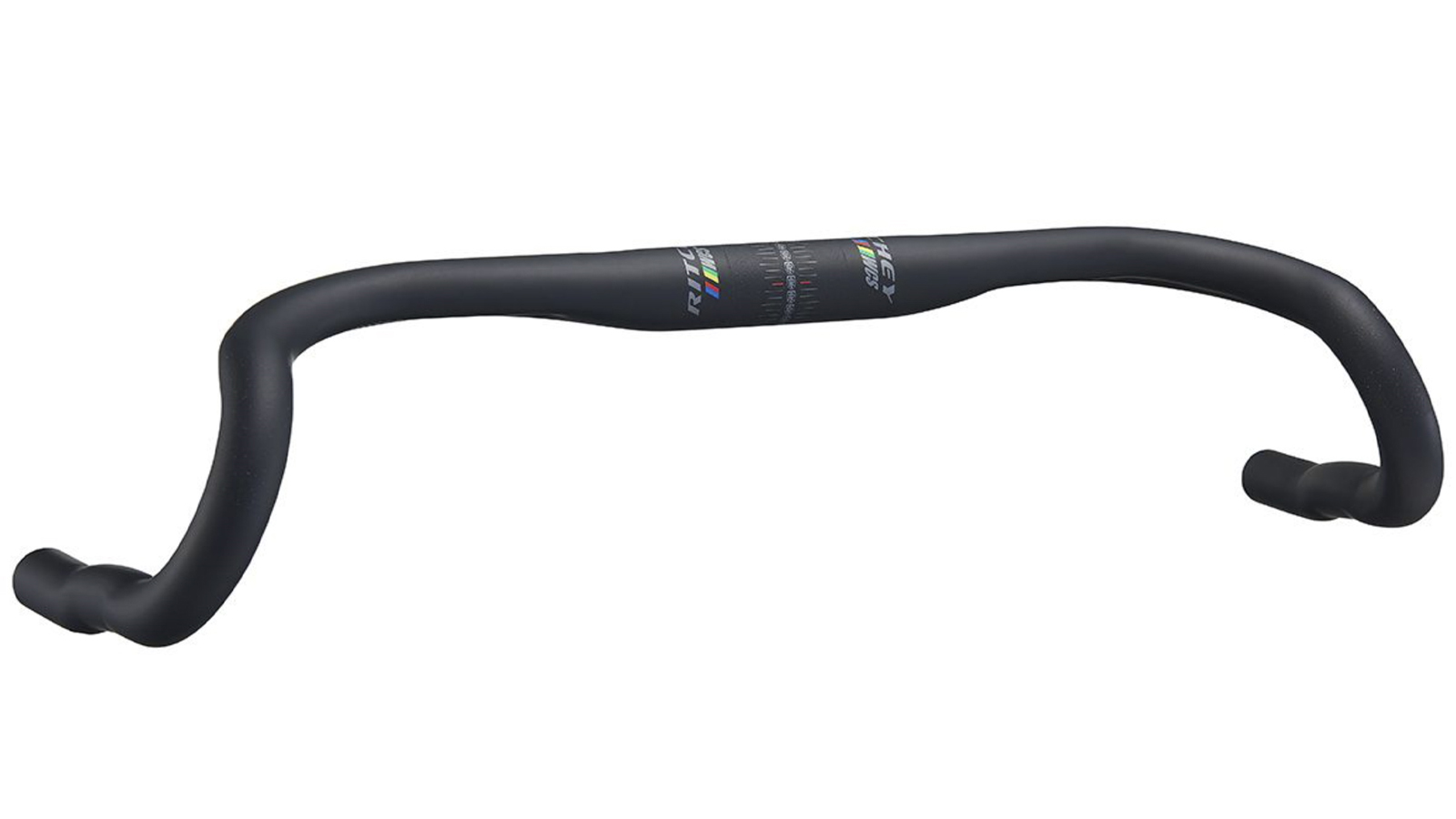
Ritchey WCS VentureMax
Specifications
Reasons to buy
Reasons to avoid
It's always debatable just how much the history of a founder influences the everyday direction of a company. Ritchey was there from the beginning though. When mountain bikes didn't have a name, Tom Ritchey was building frames. In more modern history when the need for off-road parts grew Ritchey wasn't changing directions. The company had the designs around from the beginning. With the WCS Venturemax you get an ovalized top section for hand comfort then a shallow drop and a wide flare. Near the back of the drops you can find the "Bio-Bend" bump. It's a feature meant to help you hold on to the bars on technical descents.
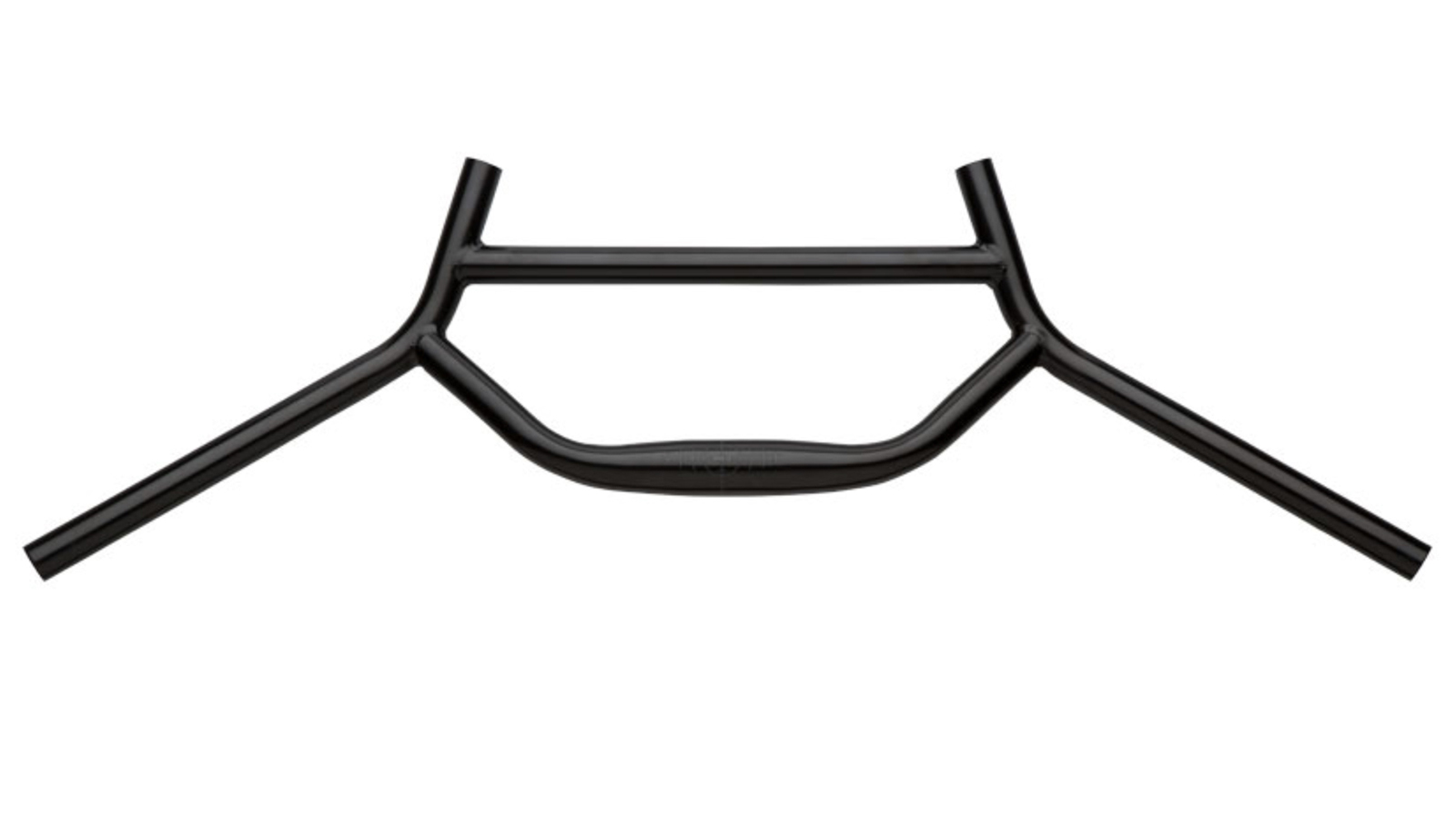
Surly Moloko
Specifications
Reasons to buy
Reasons to avoid
For those that prefer a flat bar setup for bikepacking there's one big drawback. Flat bars don't give much in the way of hand positions. Enter the wacky world of alternative bars and the Surly Moloko Handlebar. It's a flat bar with a pretty good backward sweep and no rise but then it adds a bunch of other bars out front. You get the control of flat bars but there's tons of mounting locations and hand positions. There's no right way to set these up so wrap the horns, or not, and festoon the whole front with gadgets, or not. Whatever you decide to do, the point is the option is there.

Enve G Series Gravel
Specifications
Reasons to buy
Reasons to avoid
There's not many companies out there with more expertise in carbon layup than Enve. They have a well-earned reputation for using complex carbon layups to tune a specific ride feel. With the Enve Gravel Handlebar they've put all that expertise into making the perfect handlebar. It's a handlebar meant for the kind of gravel riding with a competitive aspect but it works no matter how relaxed your riding is. There's a generous flare paired with upright lever mounting and an expanse of space between the drops for accessory mounting. They also reduced the cross section of the drops for more compliance. It's a bar that works for fast racing as well as leisurely bikepacking.
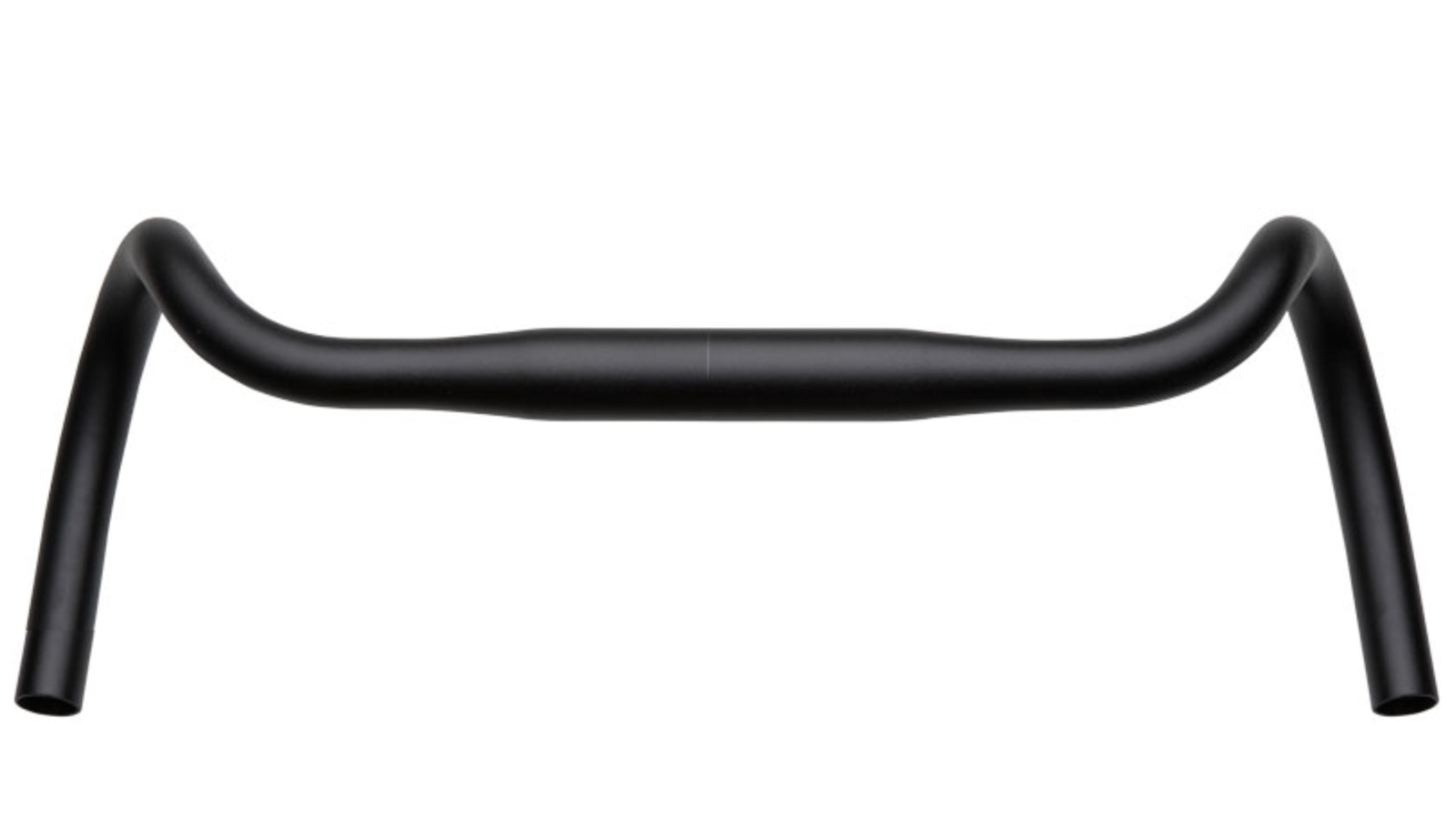
Salsa Cowchipper
Specifications
Reasons to buy
Reasons to avoid
Every off-road drop bar has a different take on the formula. Some go super wide and ultra-flared while others go for an almost road bike profile. The Cowchipper is the Salsa answer for those wanting a middle ground. The flare is a generous 24 degrees but the drop angle is a much less extreme 12 degrees. The whole drop angles to create the flare instead of having an aggressive outward angle on the drop bar. There's no right choice but it's good to have options and Salsa provides them. It's also cheap enough that you can give it a try without feeling too invested.
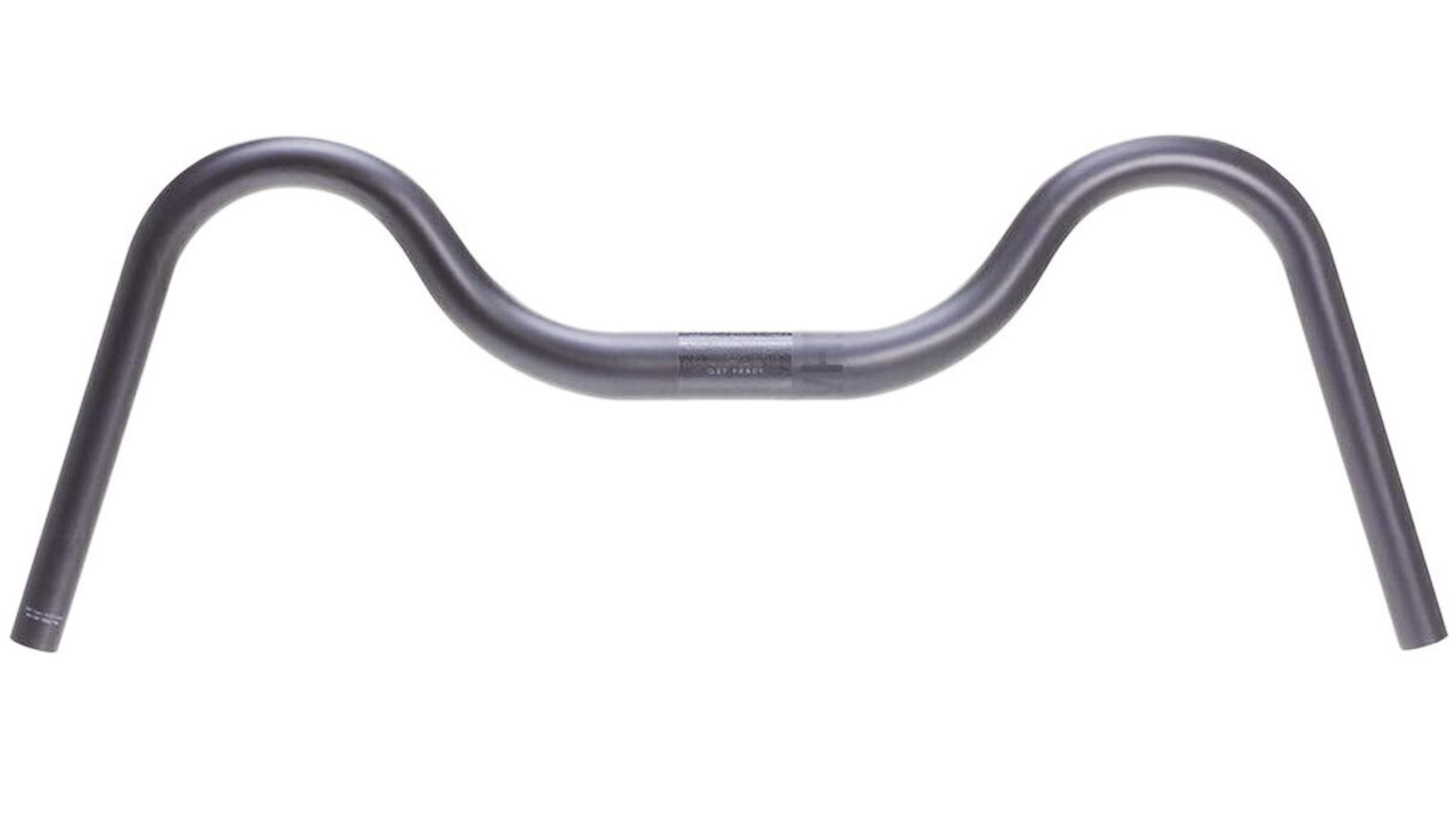
Whisky Parts Winston
Specifications
Reasons to buy
Reasons to avoid
Drop bars, flat bars, why choose? Bikepacking is all about usability and what works for you. A mustache bar is an old idea that in some ways is making a comeback. While it's true that actual mustache bars are still very unusual for performance bikes you have to think about what they really are. Take an aggressively flared drop bar and flatten it out and you've got a mustache bar. The big difference being that if you want to take advantage of the rear section of the drops you aren't put in a lower position. With the Whiskey bar, you get the extra versatility of being able to fit either MTB or road controls depending on where you mount them.
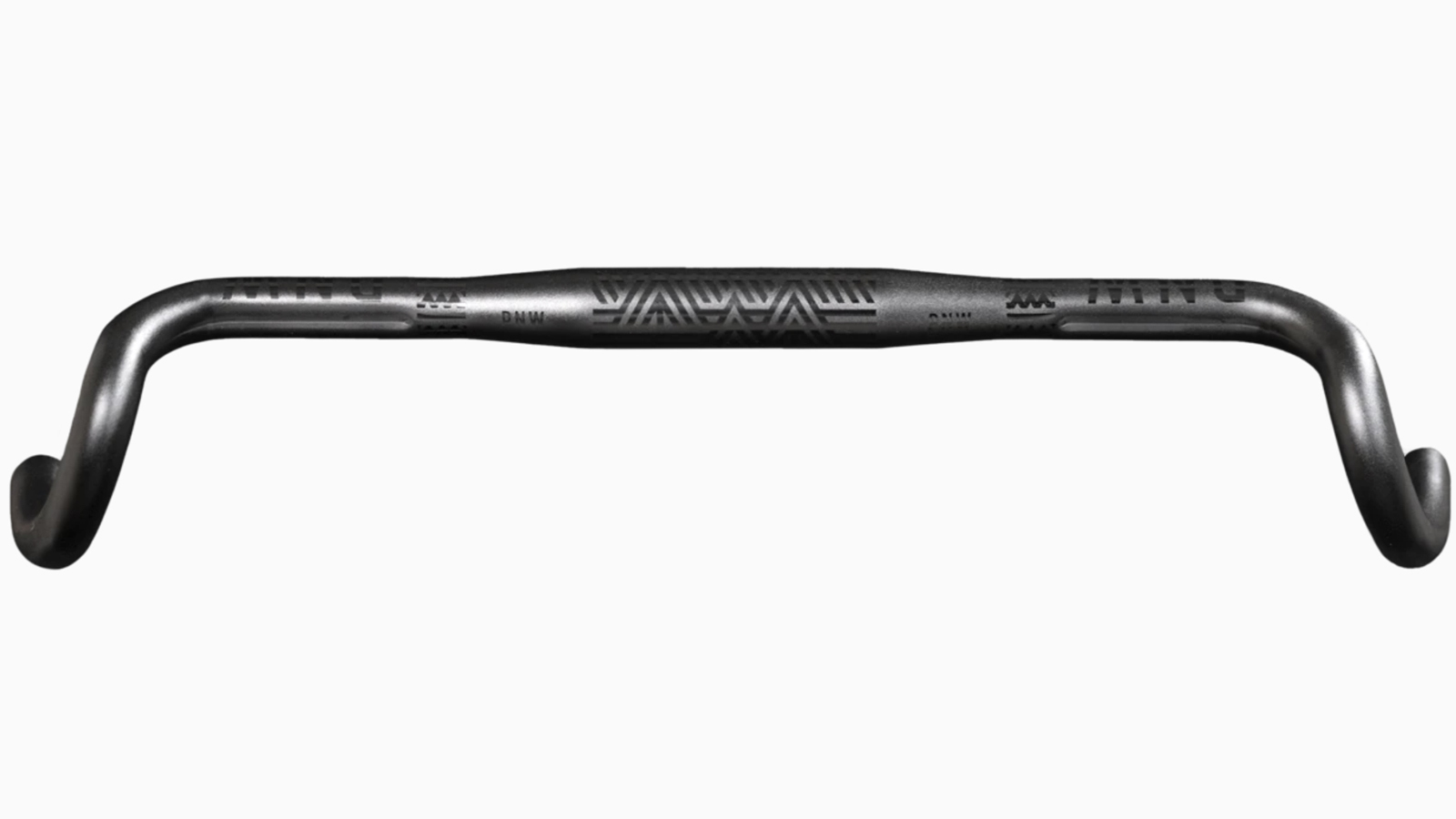
PNW Coast
Specifications
Reasons to buy
Reasons to avoid
There's a lot of reference to wider being better in this article but the PNW bars really take the concept home. A wide bar means more control when things get rough but it also means more room. One of the challenges with using a drop bar for bikepacking is that there's not a lot of room for a bag between the drops. A nice wide bar opens things up. The wide bar paired with only a small flare and a shallow drop means this is a bar that works best on the hoods but there are still other options.
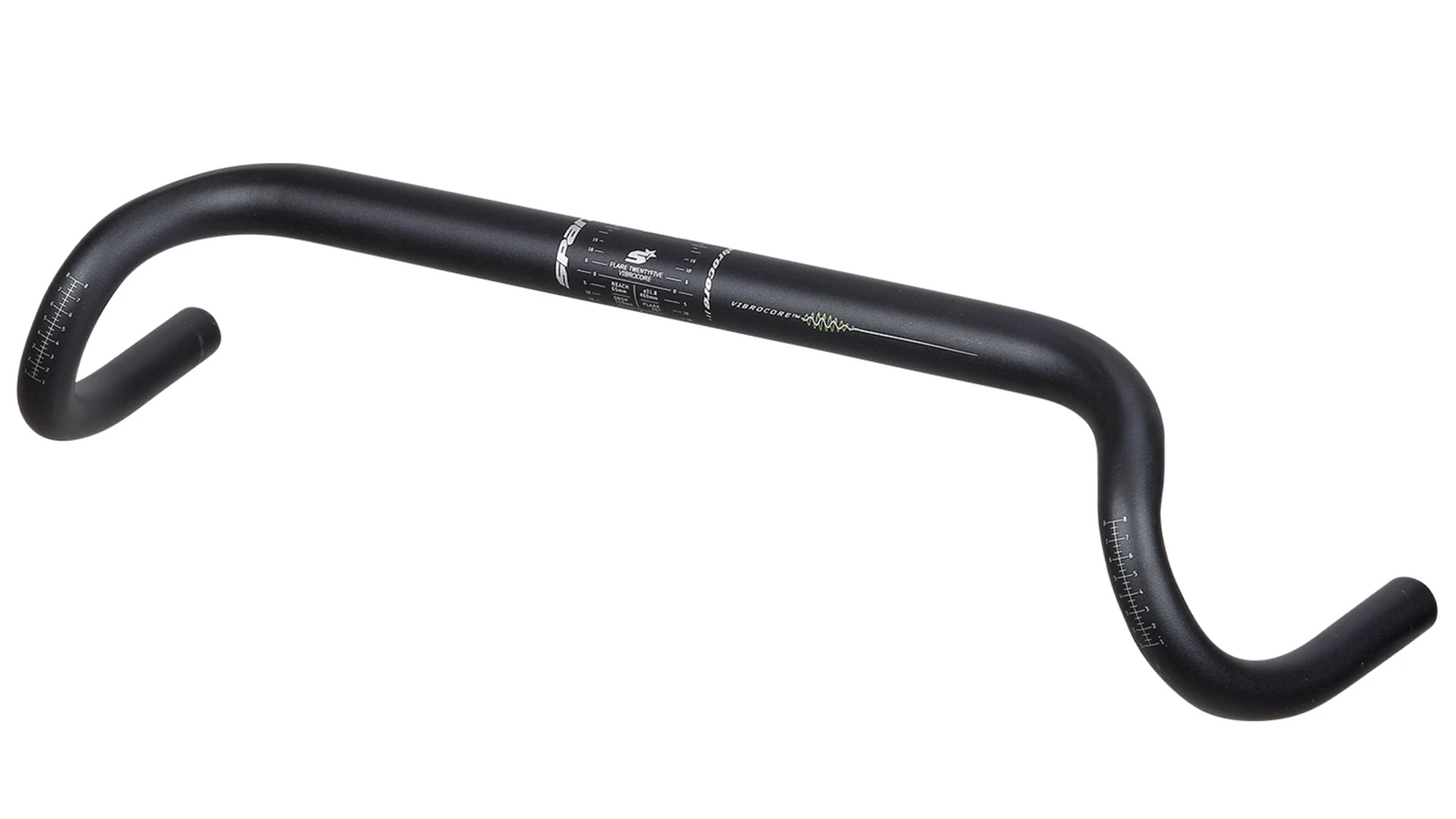
Spank Flare 25 Vibrocore
Specifications
Reasons to buy
Reasons to avoid
One of the biggest issues with any long-distance off-road riding is vibration. It wears you down and leaves you fatigued when you don't need to be. To mitigate the problem SPANK uses Vibrocore. Vibrocore is a proprietary, biodegradable, foam with a precisely controlled density. SPANK injects this foam into the hollow center of their aluminum bar to change the nature of sustained vibrations. Along with the foam, you also get a 25-degree flare and a continuous 31.8 top tube. The larger bar makes for a more comfortable handgrip as well as easier bag mounting.
Best bikepacking handlebars: everything you need to know
1. What Is Bikepacking To You?
Bikepacking means all kinds of things. For some people bikepacking is competitive racing over multiple days. For others, it's riding across a continent. Then there's also the weekend trip with a loaded bike. Think about what your use of the word means and how that affects the handlebars you choose. If bikepacking is part of your race then you might be fine with something more like a road handlebar. A good amount of drop for the flat and fast sections and only minimal flare for control. If you are heading out for a weekend, or week, trip and need to carry a lot of gear while being comfortable then you probably want something different. Look for a small drop and more flare. There's no one size fits all answer and that's why it's great that there are so many options.
2. Wider is Better
If you are bikepacking with a drop-bar bike, go wider than on other bikes. This applies to any gravel bike but even more to a bikepacking setup. One of your primary places for gear on a bike is at the handlebars. With a narrow set of drop bars you get less room for gear. Narrow bars also make for a twitchier handling bike. Combine an already twitchy setup with extra weight and things can get scary fast.
Along with the wider bars Aaron Kerson, Co-Founder and CEO, of PNW components suggests grabbing a shorter stem. "As a group of MTBers who also love gravel bikes, switching to a wider drop bar has been a game-changer. The wider bar provides more stability which is especially crucial on inherently more twitchy bikes versus mountain bikes. We noticed that we felt really stretched across the cockpit when we paired a wider bar with the stock stem. To combat this, we started experimenting with shorter stems to keep the reach numbers consistent. The general formula we landed on was for every 20mm wider you’re going with your handlebar, reduce your stem length by 10mm. This is a starting point, but the results have been awesome."
3. Carbon or Aluminum?
You've probably heard that carbon does a better job at dampening vibrations than aluminum. It's true. The reason is that carbon is highly tunable. By changing the layup, a designer can add flexibility in exactly the best place while also adding stiffness somewhere else. Not only is it tuneable but carbon fiber is also lightweight and that plays a part as well.
One way that a manufacturer can make a more comfortable handlebar is by changing the shape. With an alloy construction a larger, more complex shape, means extra weight. With carbon, it just means a different shape. Being tuneable, and lightweight, is better so why not always choose carbon fiber?
The biggest reason is that carbon fiber is more expensive. The obvious result of this is that it might put it out of your budget but it also plays into other aspects of choosing a handlebar. Handlebars can sometimes require experimentation. If the initial investment is large you might stick with a less than ideal setup longer than you should. A few inexpensive aluminum bars let you try different setups to find the best.
Some people also worry about durability but that's a cost issue at the heart of it also. If you find yourself in an accident that damaged a carbon bar it would have also damaged an alloy bar. When that alloy bar is inexpensive you might have replaced it out of caution. Meanwhile, with an expensive carbon bar you might try to keep using it.
Carbon fiber handlebars will be better but don't overextend. It's better to have an alloy bar that's in good shape and fits perfectly. If that means experimenting and replacing less expensive handlebars that's the best path.
Josh Ross was our US tech writer. He's most happy when talking about the finer details of how bicycle parts and components work, and enjoys putting his thoughts to words. He is a road cyclist at heart but can often be found taking the gravel road less traveled. Although he rarely races these days, he still enjoys a good Zwift session and race but will always choose the real world over pixels.
Height: 5'9"
Weight: 137 lb.

